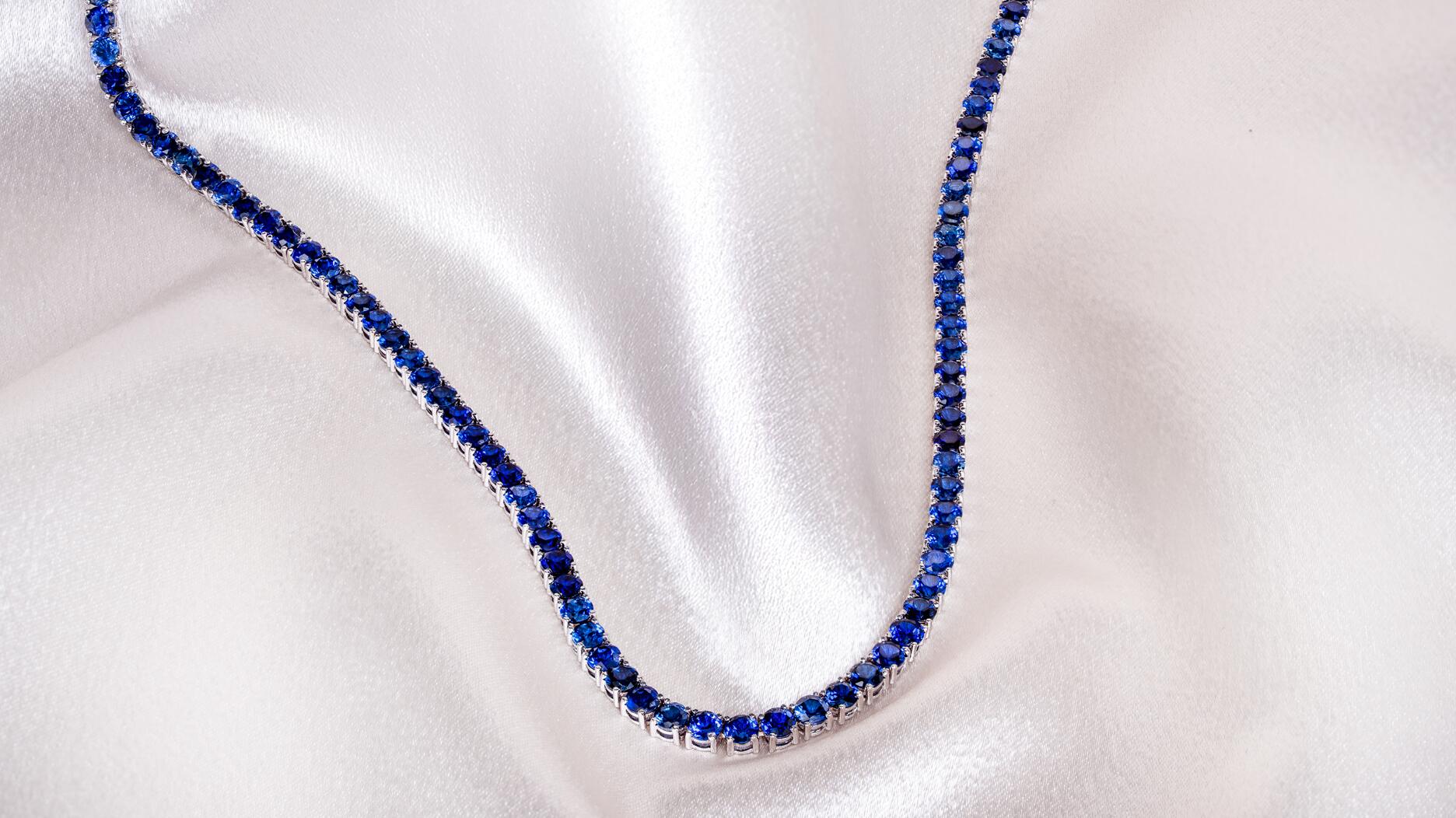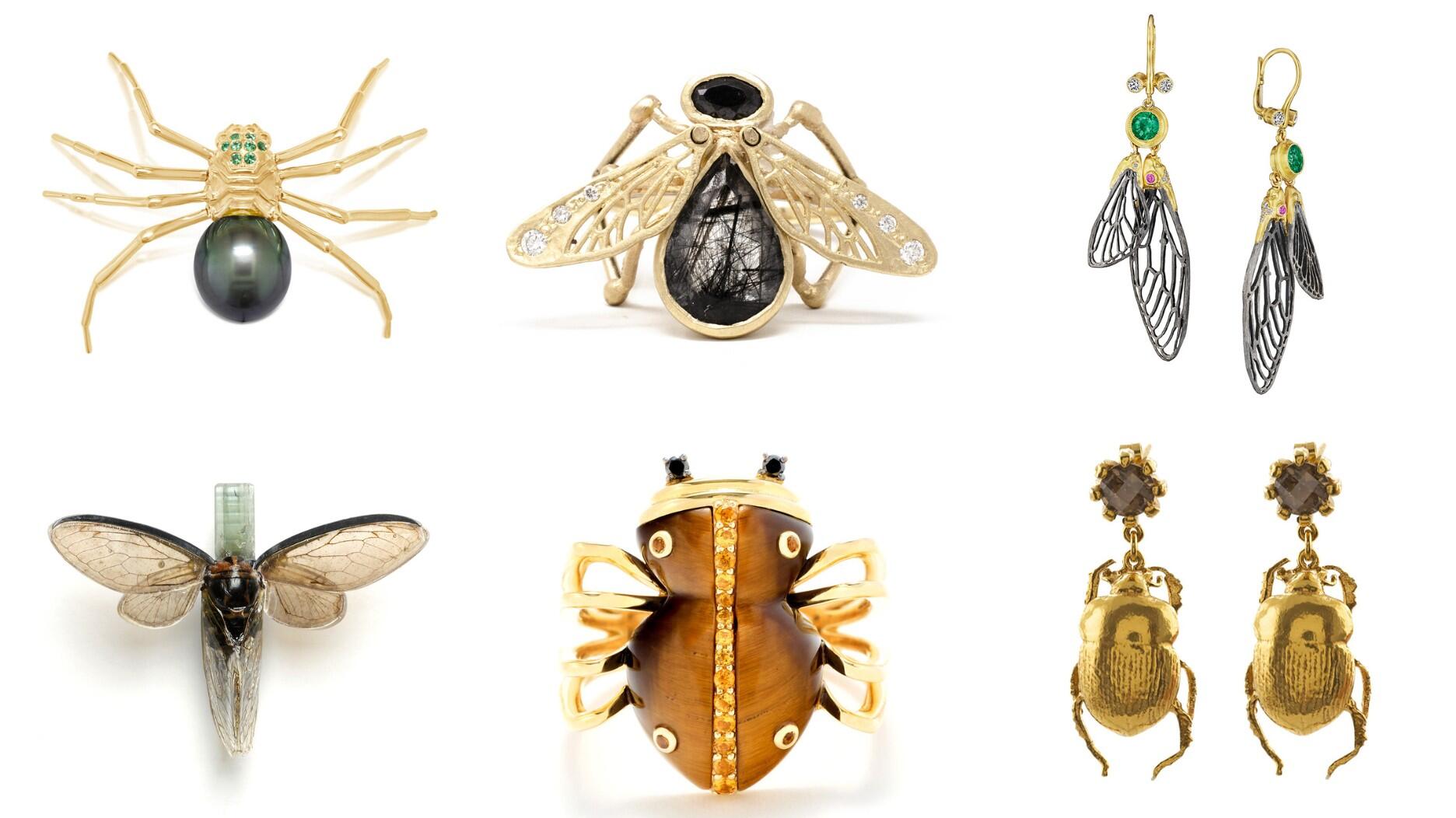What Do We Mean When We Say ‘Responsible’?
It’s a question that’s been on Editor-in-Chief Michelle Graff’s mind since Feb. 24.

Every time the word comes to mind, so does this question: What do we mean in the jewelry industry when we say “responsible?” I don’t mean only as the term applies to RJC and its standards, and I’m not writing this piece as a criticism of RJC alone but, instead, to pose this question to the industry as a whole.
I’m asking, obviously, in light of Russia’s Feb. 24 invasion of Ukraine and its effects on the jewelry industry, which have spread like smoke trapped in a vacuum chamber.
The first major company to speak out was Brilliant Earth, announcing Feb. 26 that it was pulling Russian diamonds from its website.
Signet announced its decision to cut ties with Russian companies during its March 17 earnings call. Tiffany & Co. followed on March 25, and then Chopard.
The RJC blowback came this week, with the resignation of now-former Executive Director Iris Van der Veken and the exit of major players like Pandora and Richemont.
It’s obvious why these companies are disavowing Russian goods and Alrosa’s participation in RJC now, but the situation at hand forces us, if we are willing, to confront a larger truth.
Russian President Vladimir Putin, who first entered office in 2000, has been a bad actor for decades.
The list of atrocities he’s committed or is accused of committing include, but are certainly not limited to, human rights abuses in Chechnya, the 2014 annexation of Crimea, the poisoning of dissidents, and the near extermination of the free press in Russia.
So, was buying diamonds from Alrosa ever really responsible?
It’s another question that’s been on my mind since Feb. 24 and one that JCK News Director Rob Bates addressed in a recent episode of JCK’s podcast.
Bates pointed out that Alrosa has been a well-respected player in the jewelry industry, a “good actor” that’s gone out of its way to be transparent and take social responsibility seriously and, I would add, continues to provide jobs for a lot of people.
But that doesn’t change the fact that the diamond miner is one-third owned by the Russian government, a fact from which Alrosa can no longer distance itself.
“Whatever Alrosa’s merits ... as a business, people really looked at it as something distinct from the Russian government,” Bates said. “And in retrospect, perhaps that was a mistake because it is one-third owned by the Russian government.”
I would be remiss if I ended this editorial without addressing something non-Russia-related that’s come to mind while contemplating the “responsible” question.
Back in fall 2020, Rio Tinto CEO Jean-Sébastien Jacques resigned after the mining company blew up prehistoric caves in Western Australia that were sacred to two Australian Aboriginal groups—the Puutu Kunti Kurrama and Pinikura—and archeologically important, containing signs of human habitation stretching back 45,000 years.
Although the news was not specifically related to Rio Tinto’s diamond mining operations—it was the company’s iron ore division that destroyed the caves—the story felt important enough for us to cover. It received little attention in the trade otherwise.
Rio Tinto was in the news again more recently, this time for a report generated by an internal taskforce that revealed, to quote current CEO Jakob Stausholm, a “deeply disturbing” culture where women are sexually harassed and passed over for promotions, employees in Australia who identify as Aboriginal or Torres Strait Islander experience racism, and LGBTQIA+ employees are bullied.
Rio Tinto, like Alrosa, is, as far as I can tell, a respected player in the industry and a certified member of the Responsible Jewellery Council, once again begging the question—what do we mean when we say responsible?
Is behavior considered “responsible” up until the point it becomes so blatant—like a full-scale, unprovoked invasion of another country—that we can’t look the other way, though, unsurprisingly, many continue to do so?
Are we willing to take “responsible” measures only if it doesn’t hurt the bottom line or complicate business too much?
Are we worried about being “responsible” only when consumers are asking about a specific situation, or when we think they might “find out about it?”
Where do we draw the line on being “responsible?”
As I finished writing this Friday morning, Alrosa sent out a statement that it was suspending its membership in the Responsible Jewellery Council due to the “current unprecedented realities,” while noting it will continue to uphold its high standards of responsible business conduct and ethics, and fully support RJC’s mission.
We will have a full report on Alrosa’s decision in Monday’s newsletter and will continue to follow developments that relate to Russia and Ukraine.
Ongoing developments aside, this crisis is creating many questions the industry must confront, starting with the one I’ve posed here.
The Latest

The man was charged with theft, accused of ingesting the necklace while in a jewelry store in Auckland, New Zealand.

The Florida independent expanded its store from 8,000 to 14,000 square feet, fulfilling the vision of its late co-founder, Jim Dunn.
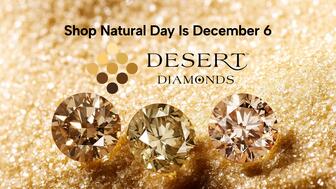
Sponsored by De Beers Group

How Jewelers of America’s 20 Under 40 are leading to ensure a brighter future for the jewelry industry.

The classic 5600 series G-Shock has been scaled down to about a tenth of its size, becoming a fully functioning watch ring.


The association’s annual conference and gala will take place Feb. 4, 2026, during the Tucson gem shows.

The January show will include a workshop for jewelry retailers on implementing AI to strengthen their businesses.

Roseco’s 704-page catalog showcases new lab-grown diamonds, findings, tools & more—available in print or interactive digital editions.
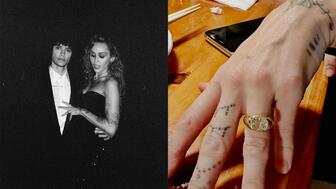
Fellow musician Maxx Morando proposed to the star with a chunky, cushion-cut diamond ring designed by Jacquie Aiche.

The retailer, which sells billions in fine jewelry and watches, is suing the Trump administration and U.S. Customs and Border Patrol.

Black Friday is still the most popular shopping day over the five-day holiday weekend, as per the National Retail Federation’s survey.
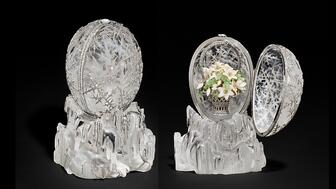
The historic egg, crafted for Russia's ruling family prior to the revolution, was the star of Christie’s recent auction of works by Fabergé.
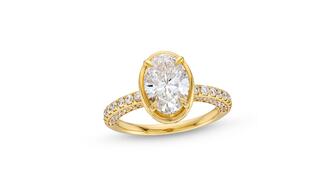
The retailer offered more fashion jewelry priced under $1,000, including lab-grown diamond and men’s jewelry.
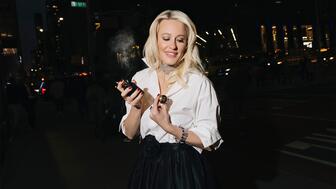
The eau de parfum is held in a fluted glass bottle that mirrors the decor of the brand’s atelier, and its cap is a nod to its “Sloan” ring.

Vivek Gadodia and Juan Kemp, who’ve been serving as interim co-CEOs since February, will continue to lead the diamond mining company.

In addition, a slate of new officers and trustees were appointed to the board.
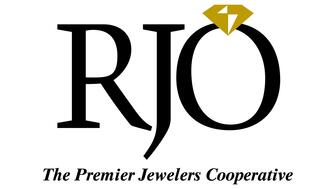
Witt’s Jewelry in Wayne, Nebraska, is the organization’s new milestone member.

Laurs is the editor-in-chief of Gem-A’s The Journal of Gemmology and an expert on the formation of colored gemstone deposits.
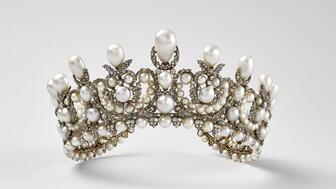
The man, who has a criminal history, is suspected of being the fourth member of the four-man crew that carried out the heist.
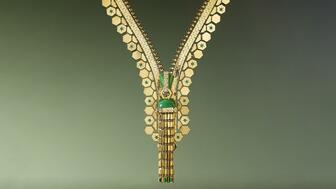
The single-owner collection includes one of the largest offerings of Verdura jewels ever to appear at auction, said Christie’s.

Michael Helfer has taken the reins, bringing together two historic Chicago jewelry names.
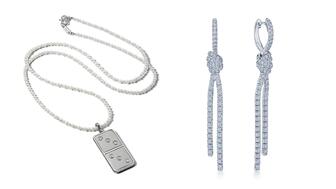
The guide features all-new platinum designs for the holiday season by brands like Harwell Godfrey, Ritani, and Suna.

During its Q3 call, CEO Efraim Grinberg discussed the deal to lower tariffs on Swiss-made watches, watch market trends, and more.
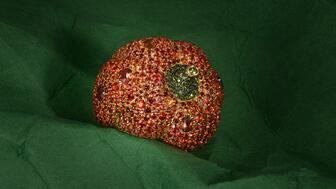
Rosior’s high jewelry cocktail ring with orange sapphires and green diamonds is the perfect Thanksgiving accessory.

The “Embrace Your True Colors” campaign features jewels with a vibrant color palette and poetry by Grammy-nominated artist Aja Monet.
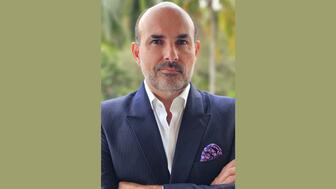
Luxury veteran Alejandro Cuellar has stepped into the role at the Italian fine jewelry brand.

The company gave awards to four students at the Namibia University of Science & Technology, including one who is a Grandview Klein employee.













